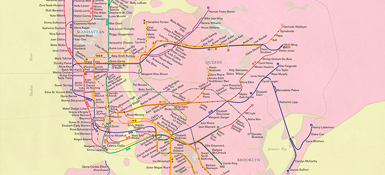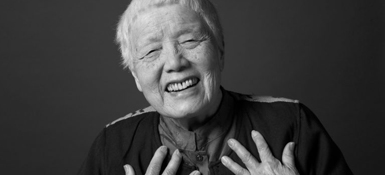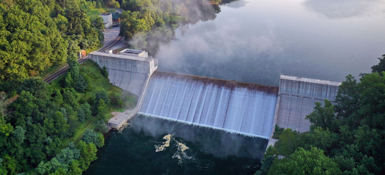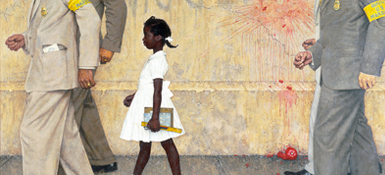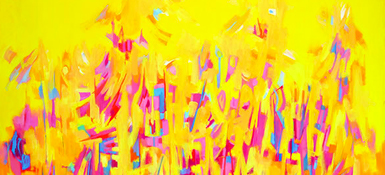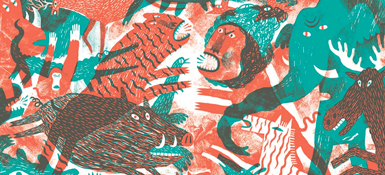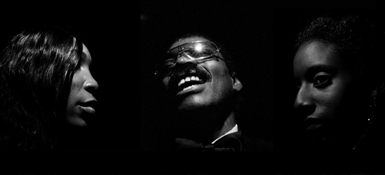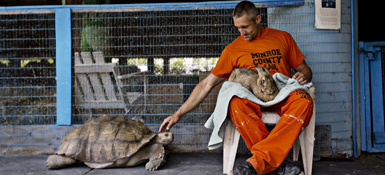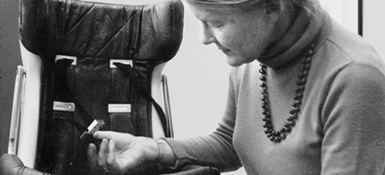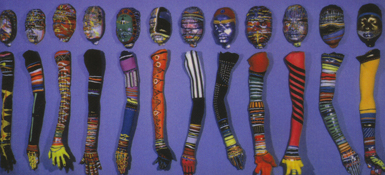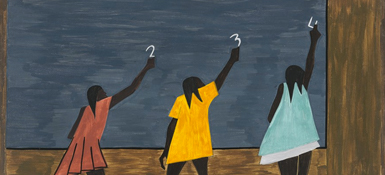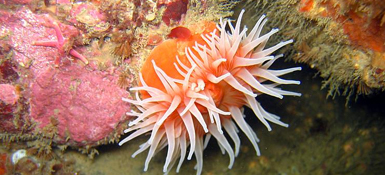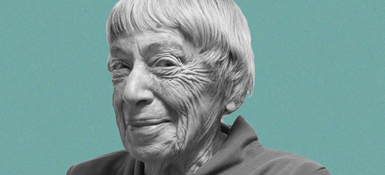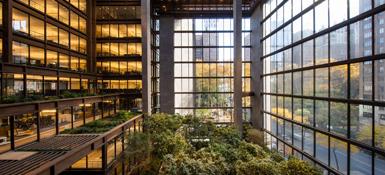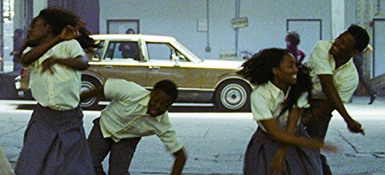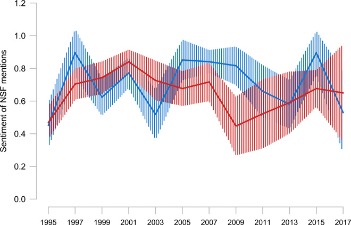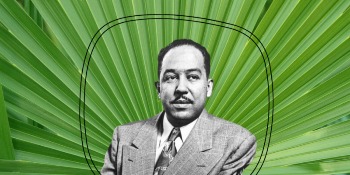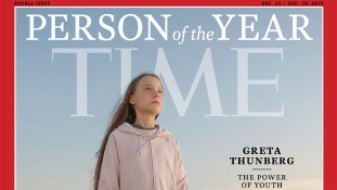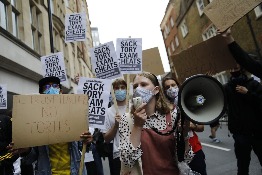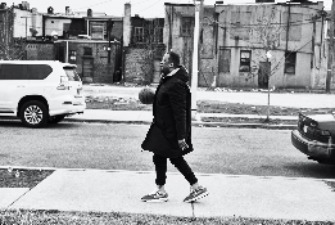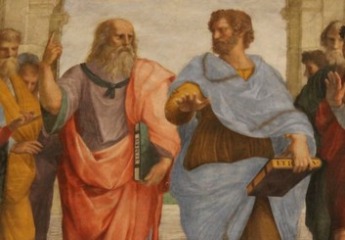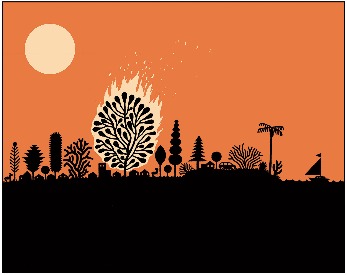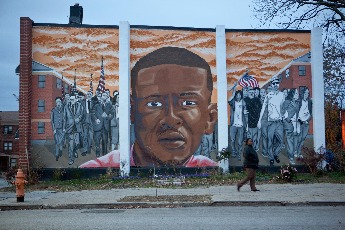Common Good
In 2020–21, CQ asked you: What is the common good?
How do we define what is good for society as a whole? What happens when collective benefit runs counter to individual benefit? How are questions and assumptions about the common good built into academic inquiry, as well as our daily lives?
The sources below consider these questions from creative, scientific, and humanistic perspectives. We invite you to start with these core sources, wander further down to the “Explore” section, and join the conversation.
Start Here
-
Kaufman, Post-Traumatic Growth: Finding Meaning and Creativity in Adversity
Image source: Scientific American
“By embracing psychological flexibility, we face the world with exploration and openness and are better able to react to events in the service of our chosen values.”
-
Collective Photo Essay
Image source: The Walters Museum
“This Celadon Box features kintsugi, a Japanese repair technique called kintsugi, which uses a mixture of lacquer and gold, silver, or platinum to mend an object in a way that highlights (rather than hides) the damage.”
This is community project in progress. Check back here throughout the year and submit your own photo for the collective photo essay.
-
Baltimore Museum of Art
Image: Elizabeth Talford Scott’s Quilt, “Plantation”
“The Baltimore Museum of Art connects art to Baltimore and Baltimore to the world, embodying a commitment to artistic excellence and social equity in every decision.”
-
National Academy of Engineering, 14 Grand Challenges for Engineering in the 21st Century
Image: National Academy of Engineering Website
“All of these endeavors must be undertaken with clear vision for the aesthetic values that go beyond mere function and contribute to the joy of living.”
-
The Nation’s Report Card
“For 13-year-olds, over the past 10 years, “the average scores declined 7 points in reading and 14 points in mathematics.“
-
Danielle Allen, “Aims of Education” address (2001)
“Friendship is crucial to encountering what is novel, alien, and unsettling, and such is the business of learning.”
-
Mark Phillips et al, “Genomics: data sharing needs an international code of conduct” (2020)
“Further regulatory uncertainty risks…undermining people’s faith in scientific collaboration for the public good.”
-
Eula Biss, “Sentimental Medicine” (2013)
“Herd immunity…is implausible only if we think of our bodies as inherently disconnected from other bodies. Which, of course, we do.”
-
-
Michael Sandel, “Are We All In This Together?” (2020)
“We need to ask a basic question… What do we owe one another as citizens?”
-
Raj Chetty, Opportunity Insights
“The defining feature of the American Dream is upward mobility – the aspiration that all children have a chance at economic success, no matter their background.”
-
Colin Raymond et al, “Understanding and managing connected extreme events” (2020)
“Extreme weather and climate events and their impacts can occur in complex combinations, an interaction shaped by physical drivers and societal forces.”
-
James Baldwin, “My Dungeon Shook” (1963) read by Chris Rock
“You were born where you were born and faced the future that you faced because you were black and for no other reason.”
-
James Madison, Federalist No. 10 (1787)
“Complaints are everywhere heard…that the public good is disregarded in the conflicts of rival Parties.”
-
Andrew L. Russell & Lee Vinsel: “Make Maintainers, Engineering Education and an Ethics of Care” (2019)
“Innovation is not a value in itself, although it is often treated like one.”
-
Moon Duchin, “Can geometry save democracy from gerrymandering?” (2020)
“How hard could it be to write down what it means to be a good shape and what it means to be a bad shape when it comes to political districts?”
People’s Republic of China, Spokesperson’s Response to Muslim Internment in Xinjiang Province (2019)
“It is reported that…Xinjiang had interned over 1 million Uygurs, Kazaks and other Muslim minorities who all are subject to persecution in internment. What’s your answer to such allegations?”
Read here and watch here…Jhumpa Lahiri, “A Temporary Matter” (1999)
“Tonight, with no lights, they would have to eat together.”
Thomas Cole, “The Oxbow” (1836)
“View from Mount Holyoke, Northampton, Massachusetts, after a Thunderstorm”
Jill Lepore, “The Atomic Origins of Climate Science” (2017)
“Weapons and the weather are twisted together, a wire across time, the long fuse to an ongoing debate about the credibility of science, the fate of the Earth, and the nature of uncertainty.”
PDF Document: View list of source and image citations.
EXPLORE
We spent the early summer of 2020 exploring the idea of the common good, and the sources here are ones we found along our way. Some came immediately to mind, like the TV series The Good Place or The Migration Series of paintings by Jacob Lawrence. Some, like Imani Perry’s essay on the “defiant joy” of Blackness, are just published. Some come from familiar places we turn to again and again for inspiration and meaning—Baltimore City, the BMA, This American Life, Brainpickings. Here are places to wander, to get lost, to find new pathways.
-
The Good Place, NBC
Streaming on Netflix
-
Rebecca Solnit
“City of Women”
-
On Being with Krista Tippett
“Grace Lee Boggs: A Century in the World”
-
The Baltimore Sun
“Abel Wolman, father of clean water; Sanitary engineer: His 75-year career led to better health for millions around the world”
-
This American Life
“The Problem We All Live With – Part 1”
-
Baltimore Museum of Art
Generations: A History of Black Abstract Art
-
Imani Perry
“Racism is Terrible. Blackness is Not.”
-
Robert W. Stock
“Safety Lessons from the Morgue”
-
Afaa Michael Weaver
“Poets on Poetry”
-
Jacob Lawrence
The Migration Series
-
Rachel Carson
The Sea Around Us (1951)
-
Ursula K. LeGuin
“She Unnames Them”
-
Darren Walker
“Are You Willing to Give Up Your Privilege?”
-
Common Good Playlist
Created by students in the “What is the Common Good?” First Year Seminar
-
Common Good Film Series
“See full series here”
Throughout the fall 2020 semester, first year students from Krieger, Whiting, and Peabody had the chance to participate in Common Question Conversations. Students met in small Zoom-groups led by faculty members to discuss the common good. Their discussions were grounded in material that no one was an expert on, but to which everyone could bring an important perspective. Their conversations led to new connections and a new batch of sources to help address the question of the common good.-
Science Advances
”What does Congress want from the National Science Foundation?”
-
Langston Hughes
”Dreams”
-
Greta Thunberg
”The disarming case to act right now on climate change”
-
The New York Times
”British Grading Debacle Shows Pitfalls of Automating Government”
-
Plato
Euthyphro
-
Bill McKibben
”130 Degrees”
-
Sandrine Frémeaux
”A Common Good Perspective on Diversity”


